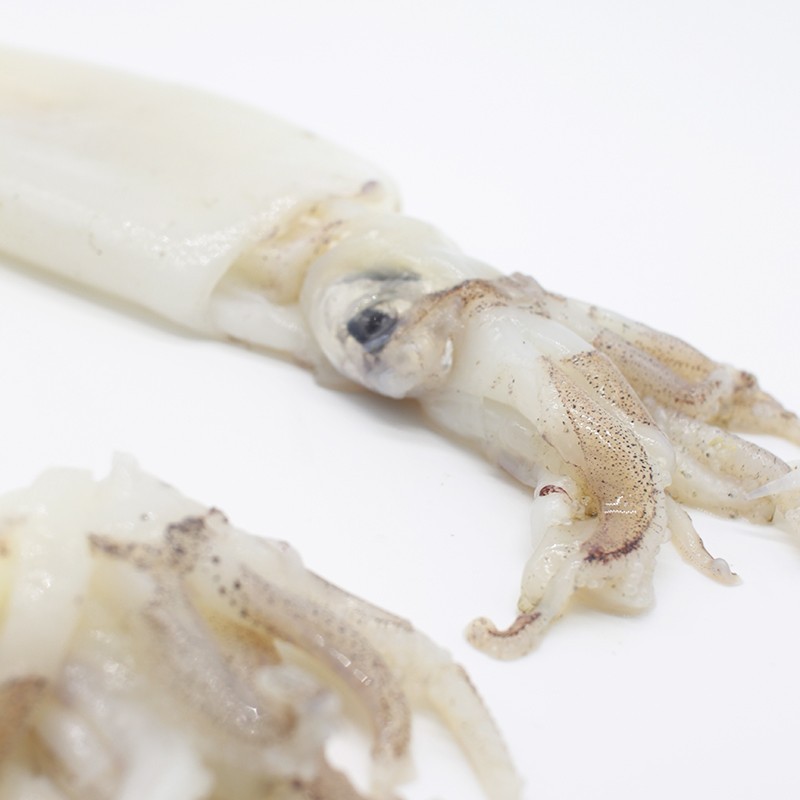- On sale!
- -3.00€








Between 3 to 5 pieces make up 1 kilo of squid. It’s the star product for many of our customers. Present across almost the entire world, it can be used in a variety of different ways. As it’s easy and quick to make, it’s popular with parents who want to make tasty and nutritious fish for their children without having to spend a lot of time cooking. The most important thing is that its meat is tender and doesn’t harden when cooked. The most popular method is to fry, stuff or grill it.
Let us know how you want to receive it: whole, clean, cut into rings... You can also request it be vacuum packed.